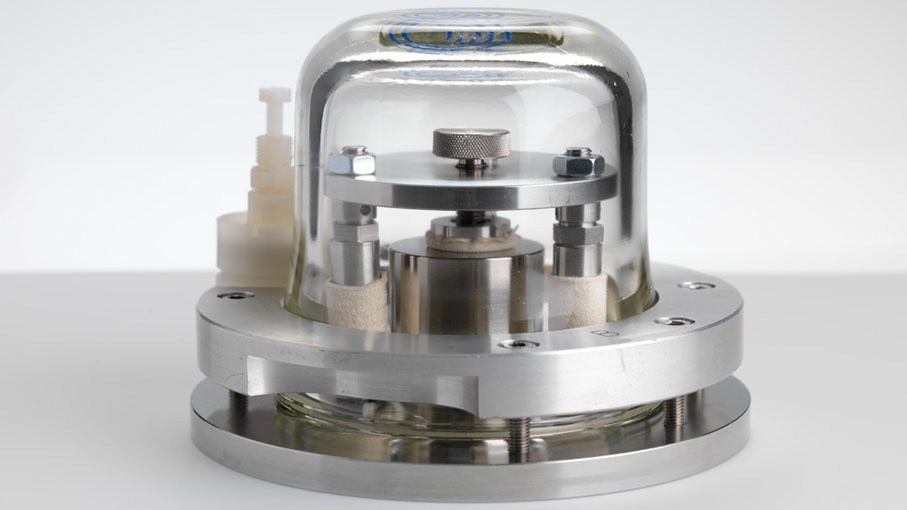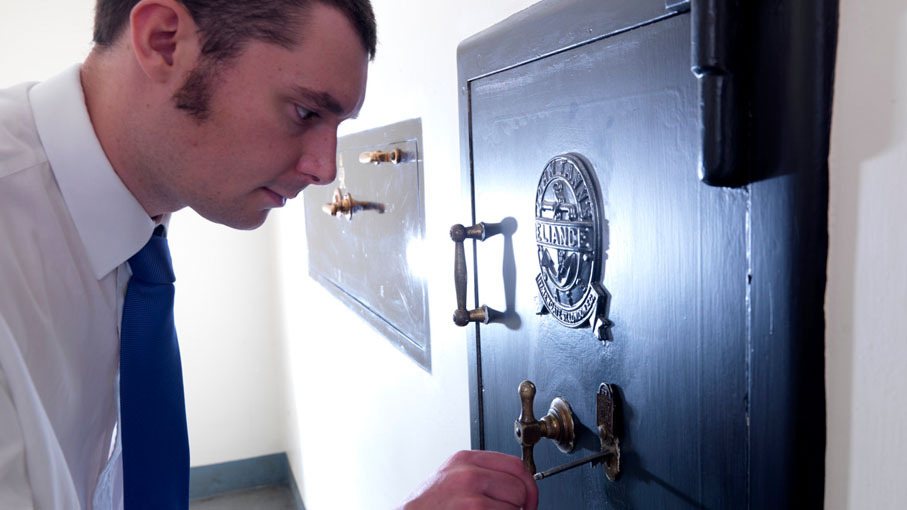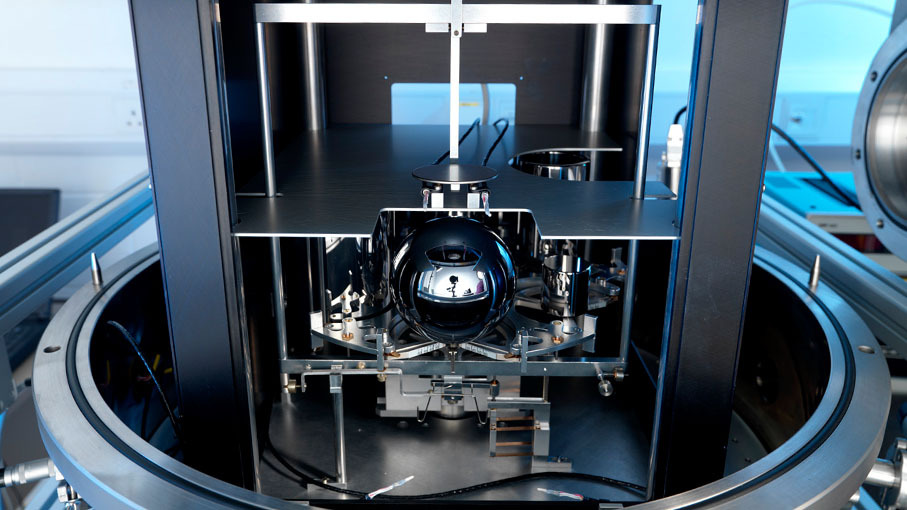The reference kilogram has turned 125 years old

International prototype without protective case
September 2014 marks 125 years since the birth of the international prototype kilogram . The decision to create a benchmark was taken at the General Conference of Weights and Measures on September 7–9, 1889 in Paris.
It is stored at the International Bureau of Weights and Measures near Paris and is a cylinder with a diameter and height of 39.17 mm made of platinum-iridium alloy (90% platinum, 10% iridium). This composition was chosen because of the high density of platinum, so that the standard can be made relatively small in size: less than a matchbox in height.

National prototype kilogram of Great Britain in a protective case, the 18th copy of the international prototype
')
The mass of the international prototype approximately corresponds to 1 liter of water at 4 ° C, and its weight depends on the height above sea level and the force of gravity.
When making an international prototype, together with him made 40 copies of the same platinum-iridium alloy. They were sent to the national bureau of measures and weights in different countries, so that scientists would not have to turn to the main standard each time to take measurements.
National prototypes compare with the main prototype every 40 years. The last test took place in 1989, and then the maximum difference in weight was 50 micrograms. These deviations worry scientists. They understand that the mass of a particular sample changes over time due to physical damage and the appearance of other artifacts.

The national prototype is stored in the safe of the National Physical Laboratory.
Unfortunately, for the international prototype of the current anniversary, most likely, will be the last. Two experiments to create more accurate mass standards are now being completed. Their goal is to determine the mass through a natural natural constant, and not through a reference sample.
One of the experiments involves the determination of the kilogram through the Planck constant. To do this, measure the current passing through the [wired] coil in a magnetic field, relative to the force of gravity acting on a kilogram, explain the specialists of the National Physical Laboratory of the United Kingdom, where in honor of the 125th anniversary of the kilogram opened the holiday section on the site. It was in Great Britain in 1975 that the watt balance experiment began, which is now being continued in Canada.
Another method is proposed by German specialists: in the framework of the Avogadro project, they create a silicon sphere the size of a grapefruit, which contains about 50 septillion silicon-28 atoms.

Avogadro Silicon Sphere
Since the mass of silicon and the density of the substance are known, the reference value of the kilogram can be tied to the volume of the sphere and, accordingly, to the Avogadro constant.

Measurement of the mass of the Avogadro sphere
The kilogram was the last SI unit, which is expressed through a physical standard. This indicates that 125 years ago, physicists very well chosen material for the manufacture of the prototype. And even if he is soon withdrawn from use, he has served well over the years.
Source: https://habr.com/ru/post/238273/
All Articles